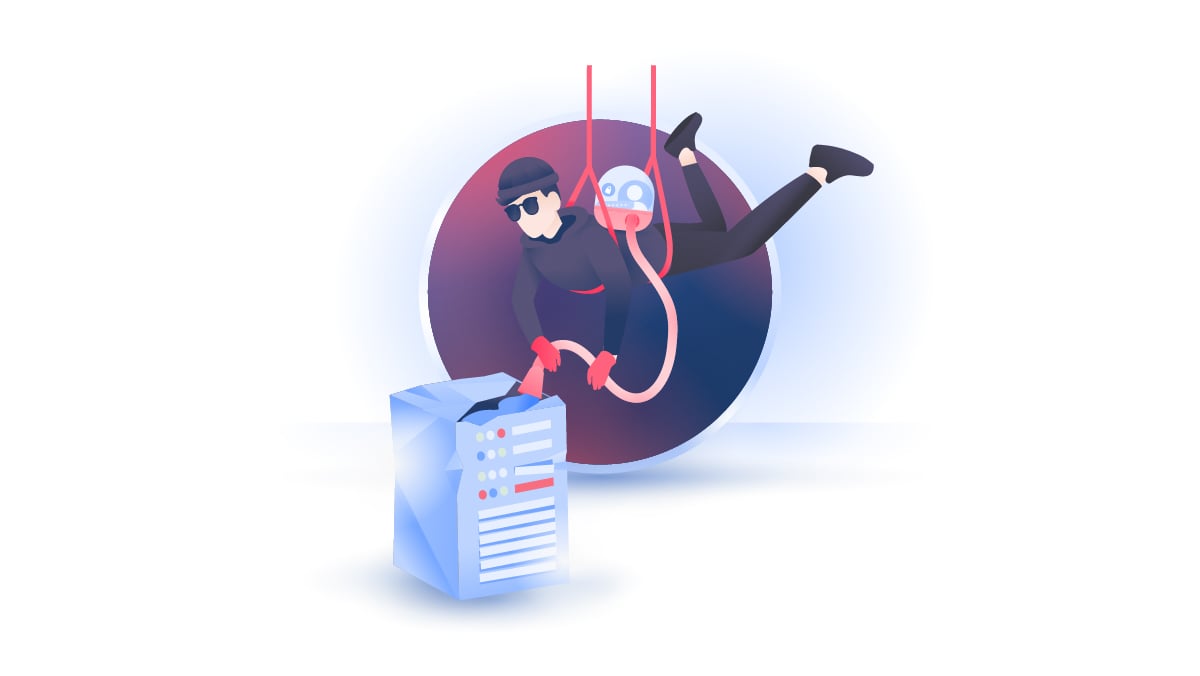How to spot fake pay stubs in the digital era
Faking a pay stub can be an easy way for a scammer to bypass a company’s safeguards and infiltrate a system or secure a loan they never plan to pay back. If you deal with applicants having to verify their eligibility by presenting their recent pay stub, there’s a chance that you see fake paycheck stubs every day without even noticing. Here’s how to recognize if a pay stub has been faked.
The growing threat of fake pay stubs
Every company has security measures that are meant to keep it safe. Maybe your company needs to ensure an applicant provides a valid proof of income and an accurate employee pay stub? The problem is that now anyone can create pay stubs online easily, sometimes in as little as a few clicks. Due to increased risks, companies have to become more vigilant and enhance their verification methods, especially regarding Fair Labor Standards Act compliance.
How to tell if a pay stub is fake
While professional scammers take the time to make their pay stub documents look orderly, often identifying if a person has used a pay stub generator is easier than you think. Here are several signs of a fake pay stub:
- Inconsistencies. People may misspeak or forget some details, but official documents are precise in their style, wording, and especially numbers. If you notice discrepancies in net pay rates, pay period, gross pay, or employment dates, pay attention. It can be a sign that the document was created by a pay stub online generator.
- Poor document quality. Poor quality can mean the document is blurry or pixelated, or it can mean it simply doesn’t look professional due to irregular fonts or inconsistent alignment. Sometimes, you won’t be able to put your finger on why the document doesn’t look right. But even a hunch can be a sign that something’s off.
- Missing details. Authentic pay stubs look the same and always have the company’s logo, address, and contact information. If some of these details are missing, or they’re outdated, you’re probably looking at a fake pay stub.
- Round numbers. Something many pay stub generators miss is failing to make the numbers look real. They tend to make the amounts listed perfectly rounded, which rarely happens in the real world.
- Strange payment formats. To avoid fraud, companies set up crystal clear rules on how their documents, such as payment information, should look. Deviations from the standard paycheck stub format is a clear sign that the document was not created by the company.
Is there any software that can help detect a fake pay stub?
Just like technology exists that helps generate pay stubs, it can also help you recognize the fake ones. For example, OCR (optical character technology) software can extract data from a pay stub and compare it to known formats. Another type of software that can detect fraud in pay stubs is software that relies on pattern recognition. It checks the pay stub information and looks for differences based on known patterns such as payment amounts or employee details.
Today, the popularity of machine learning and AI software will likely enhance this cat-and-mouse chase, making generating pay stubs easier, while also improving the software designed to analyze and verify the validity of pay stubs.
The security risks of fake pay stubs
Here are some examples of how fake pay stubs are used to plan and execute cyberattacks:
- Phishing. In various phishing attacks, especially spear phishing and social engineering, cybercriminals use fraudulent records such as fake pay stubs to make their requests look more legitimate and trick the victim into revealing sensitive information.
- Loan application. To secure a loan, criminals may use fake pay stubs to deceive the lending institution. They fill out the application for a loan or a credit card and provide a fake stub.
- Tax fraud. A common way criminals use fake pay stubs is to file fraudulent tax returns and claim deductions and refunds.
- Insider threats. If a company employee plans to steal from their company, they will likely use fake pay stubs to mask financial irregularities.
Implementing protective measures
Here are several ways you can prevent pay stub fraud:
- Digitize payroll records. Companies can keep precise pay histories of their employees by taking the time to convert payroll records into a digital format. Digitized records make scams harder, not to mention that additional measures such as encryption can be used to secure them.
- Employment verification services. Third-party verification services have access to databases with real-time employment data and can confirm the accuracy of an applicant’s employment and income information with ease.
- Cross-referencing data. If you suspect a person has provided a fake pay stub for a specific pay period, you can cross-reference that information by asking a tax report or a bank report. Cross-referencing can be time consuming but it helps ensure that you’re looking at the correct information.
- Educate employees. Regular training sessions about why faking pay stubs work, how to tell fraudulent documents from the real ones, and knowing proper channels to report fraud is a sure way to to maintain the integrity of your financial records.
- Protect your accounts. Boosting account security through measures such as multi-factor authentication can prevent hacker attacks designed to modify payment data inside your databases.
Want to read more like this?
Get the latest news and tips from NordVPN.

